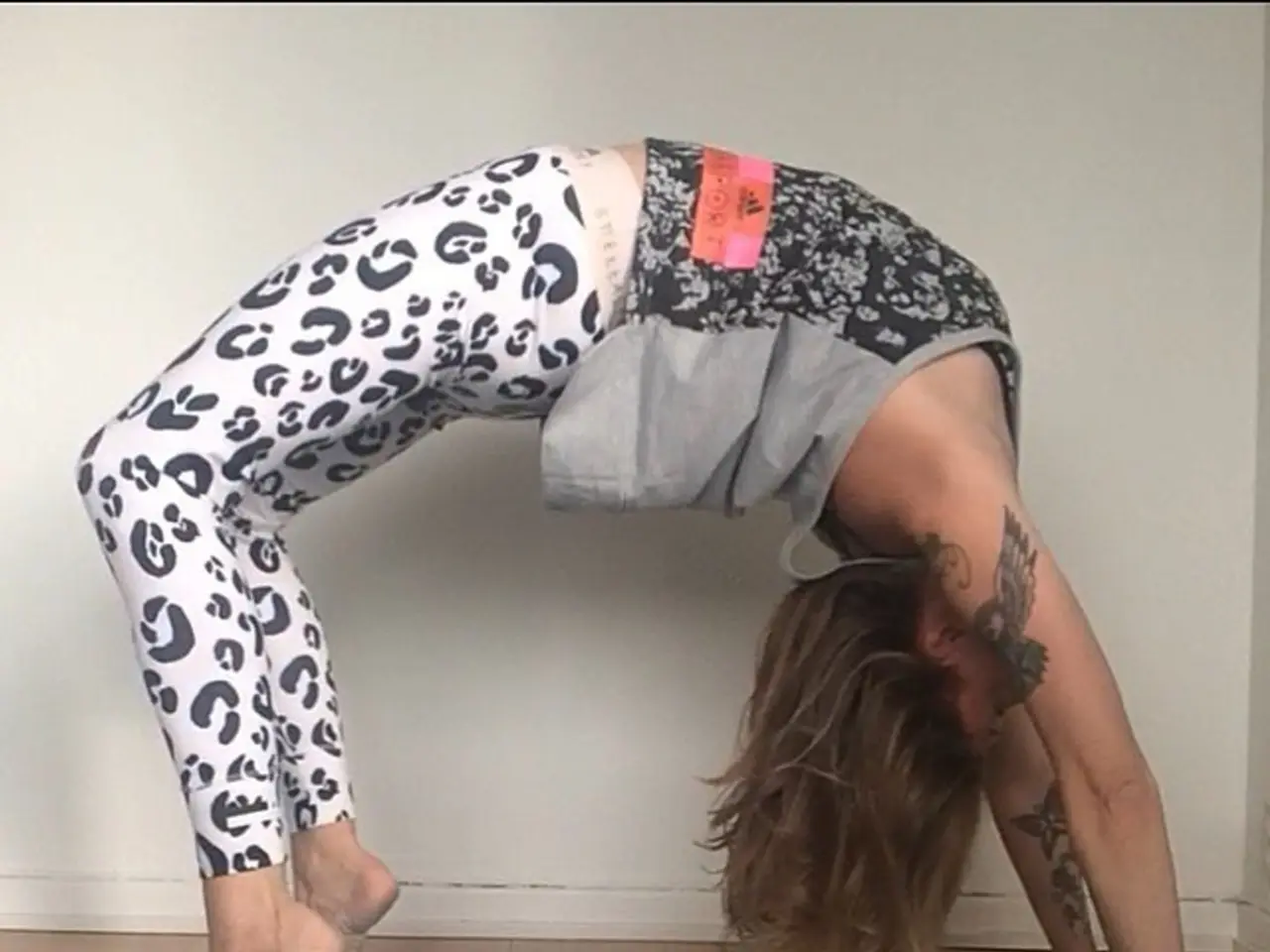Yoga Styles: A Breakdown of Hatha to Yin for Easy Understanding
Embark on a journey of self-discovery and wellness with the five main yoga types, each offering unique benefits and practices for beginners. Let's delve into the world of Hatha, Vinyasa, Ashtanga, Kundalini, and Yin Yoga.
Hatha Yoga
Hatha Yoga, a slow-paced practice, focuses on static postures, precise alignment, and breath control for mental clarity. This style emphasizes flexibility, strength, and mental focus through longer holds and slower movements. Hatha Yoga often includes meditation and breath awareness. For beginners, it's recommended to start with simple poses like Mountain, Cat-Cow, and Child’s Pose. Focus on breath awareness and alignment, take it slow, learn proper form, and listen to your body; avoid pain. Use a qualified instructor to guide form and modifications.
Vinyasa Yoga
Vinyasa Yoga is a dynamic flow linking breath with movement, creating a rhythmic pace that can range from slow to fast. This style emphasizes creativity and variety in sequences. For beginners, it's important to focus on coordinating breath with movement, choose sessions that match your preferred pace (slow to moderate), explore movement over holding poses, and start with beginner-friendly classes to build coordination and stamina.
Ashtanga Yoga
Ashtanga Yoga is a highly structured practice with a fixed sequence of postures performed with synchronized breath movement (vinyasa). Involving progression through six series, Ashtanga Yoga requires discipline, internal energy locks (Bandhas), gaze focus (Drishti), and breathing technique (Ujjayi). Beginners should start with the Primary Series and master it before progressing. Emphasize learning breath control (Ujjayi) and maintaining focus (Drishti). Consistency and patience are key; seek a qualified teacher due to the demanding nature of Ashtanga Yoga.
Kundalini Yoga
Kundalini Yoga combines dynamic poses, breathwork, chanting, and meditation aimed at awakening energy at the base of the spine to enhance spiritual awareness. For beginners, it's important to approach Kundalini slowly and with mindfulness to avoid overwhelming energy release. Follow guided classes focused on foundational breathwork and posture, and incorporate chanting gradually. Avoid rushing and respect pacing.
Yin Yoga
Yin Yoga is a slow, passive style focusing on long holds (3-5 minutes) targeting connective tissues like ligaments and fascia. This style emphasizes deep relaxation and mindfulness to cultivate inner calm and flexibility. For beginners, it's important to be patient, practice mindful breathing during long holds, and use props for support. Avoid forcing posture depth to prevent injury. Choose gentle classes and listen carefully to body signals.
In conclusion, each yoga style offers a unique approach to physical exercise, breathing techniques, and meditation. To find the right yoga style, consider your personal goals: physical fitness, stress reduction, or spiritual development. Attend different classes to learn various teaching methods and styles. Online videos can be helpful supplements, but personal instruction is crucial at the beginning. Invest in a good yoga mat that is non-slip and comfortable. Happy yoga journey!
- Science shows that incorporating various yoga styles, like Hatha, Vinyasa, Ashtanga, Kundalini, and Yin, into a health-and-wellness lifestyle can lead to improved fitness-and-exercise, stress reduction, and overall lifestyle well-being.
- Beginners may find unique benefits in each style as they delve deeper into the world of self-discovery and wellness, honing their focus, flexibility, and spiritual awareness while adhering to safety precautions and working with qualified instructors.




